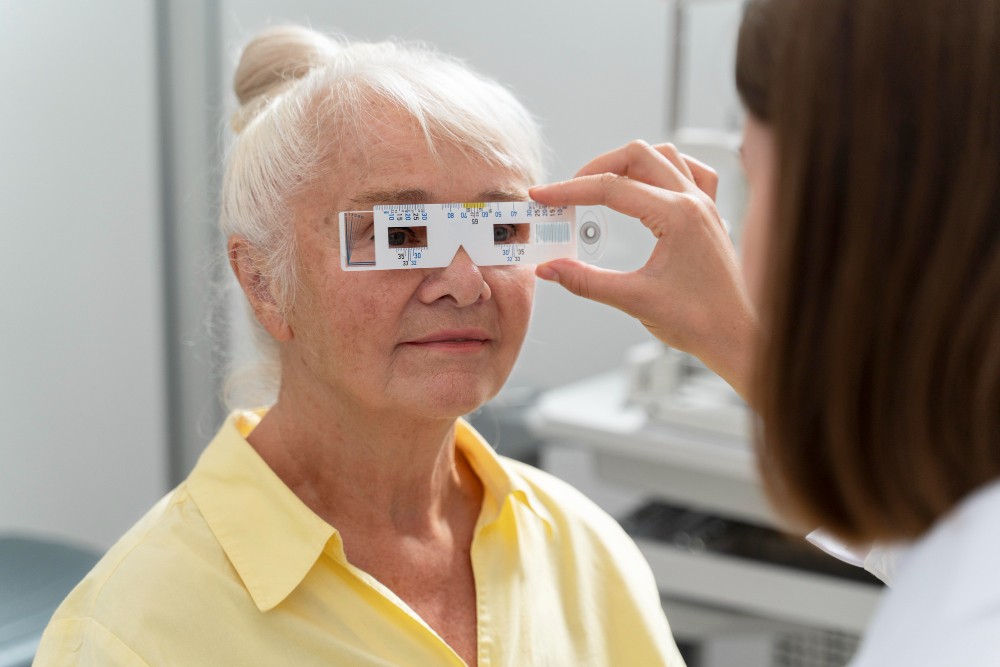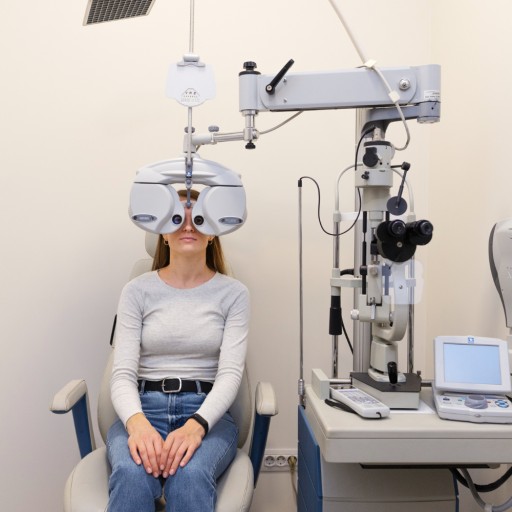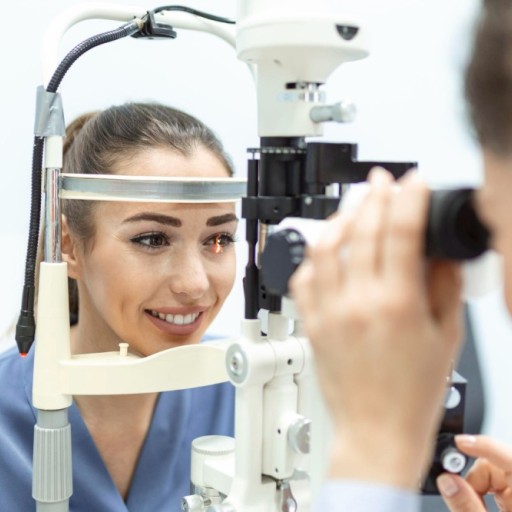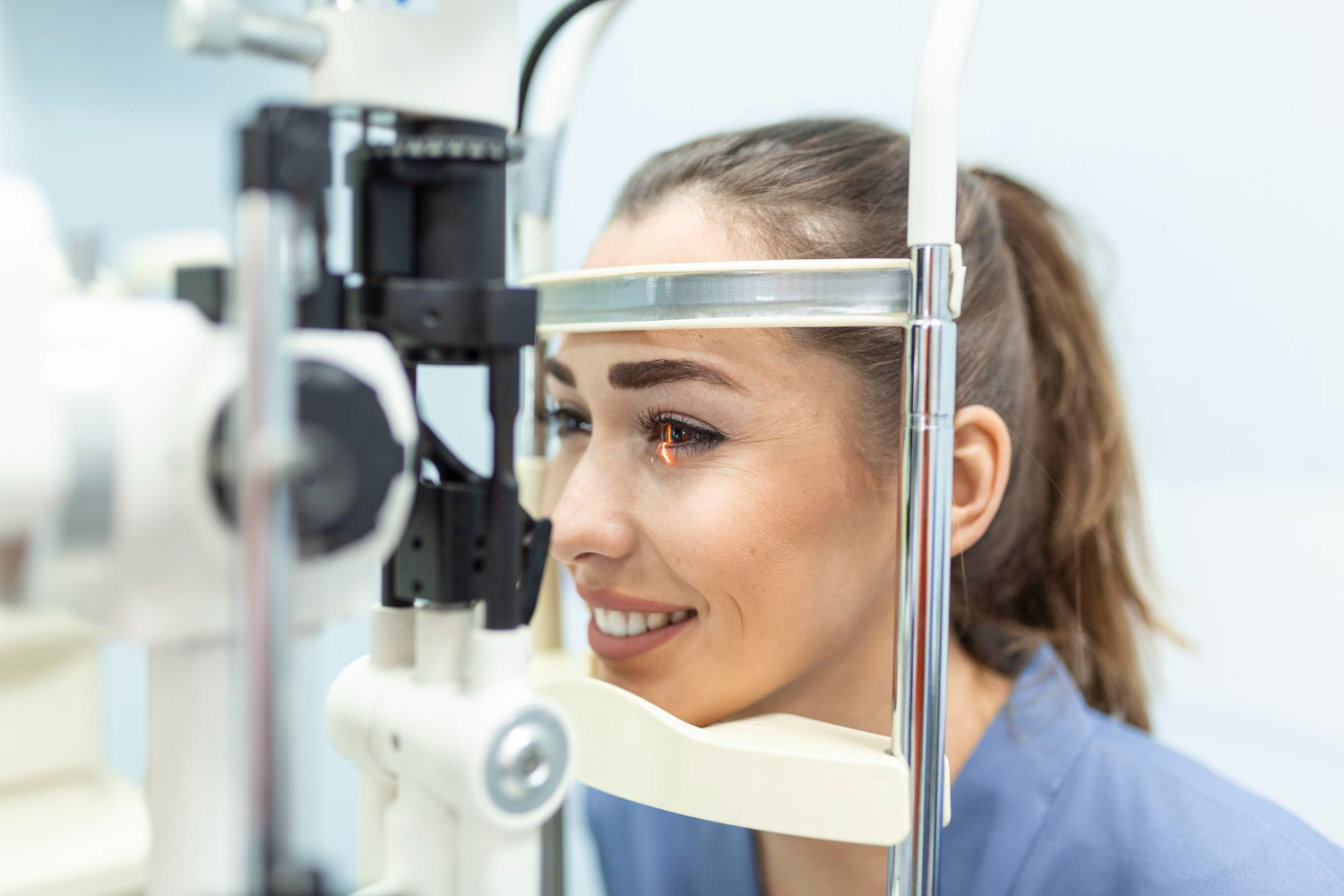LASIK / Laser Eye Surgery
5 results foundHow LASIK Eye Surgery Works: Everything You Need to Know
With every passing day, more and more people want to see better and rely less on glasses or contacts, which is why LASIK eye surgery becomes increasingly popular. Advanced and minimally invasive, LASIK offers a promising alternative compared to traditional methods of correction. With its ability to correct various refractive errors, such as myopia, hyperopia, and astigmatism, LASIK brought a whole new dimension to people's perception of clear vision.
What is LASIK Eye Surgery?
LASIK means Laser-Assisted In Situ Keratomileusis. The surgical procedure has been designed to correct refractive vision errors. It does this by reshaping the cornea-the clear front part of the eye-with a laser to improve the way light focuses onto the retina. In so doing, it reduces or eliminates the need for corrective lenses in vision. The surgery is well noted for its precision, speed, and quick recovery time compared to other eye surgery methods. Furthermore, the LASIK surgery has greater visibility benefit since there is less discomfort and time taken for recuperation from it.
Benefits of LASIK Eye Surgery
The benefits arising from LASIK eye surgery are numerous and have been one of the reasons why the surgery has become popular for those people wanting vision correction. One of the primary advantages is a substantial reduction in reliance upon glasses and contact lenses. The vision after the surgery often returns to 20/25 or better, which for most individuals is good enough to carry on with the routine activities. In fact, recovery time from LASIK is usually short, and most people get back to their usual life in a day or two. The surgery is minimally invasive hence; there are generally fewer complications associated with this type of surgery.
How to Prepare for LASIK Eye Surgery
Proper preparation is very significant in ensuring the LASIK procedure is a success and the results turn out to be the best. A patient must undergo a comprehensive eye check-up before the surgery. The assessment will involve the shape of the cornea, the thickness, and any other underlying conditions that might be affecting the eyes. A patient should also be open about their medical history and any medications they are currently taking. With these tests, patients are fully prepared for the surgery by receiving preparation instructions, including possibly dietary restrictions regarding fasting, and informed decisions about medication usage.
The Surgery
The operation itself in LASIK typically takes about 15 minutes per eye. In the procedure, a special laser lifts the thin flap in the cornea, gently exposing the underlying corneal tissue that can now be reshaped. This flap, after reshaping, is replaced carefully and it settles naturally without any stitches. There is some discomfort for the patients while performing the procedure, though generally, patients can easily tolerate it. The LASIK procedure has a high success rate since, with advanced technology, precision is guaranteed with a minimum of risk.
Post-Surgery Care and Recovery
The best results and smooth recovery process depend upon pos-surgery care. Immediately after the LASIK procedure, some patients can have temporary side effects of dryness, sensitivity to light, and blurred vision. In fact, most of these symptoms will disappear in a few days or weeks. Patients are advised to follow instructions from their surgeon in order to help the healing process, such as using prescription eye drops and avoiding activities that would stress the eyes. Follow-up is done regularly to observe the process of healing and make necessary adjustments.
Risks and Side Effects
Though LASIK is a generally safe procedure with effectiveness in most individuals, one should not be unaware of its potential risks and side effects. A few patients experience temporary discomfort, dry eyes, or visual disturbances like halos or glare, especially in low-light conditions. In some cases, complications can include infection or problems with the flap. All patients should review their individual risk factors with the eye doctor and remember that reasonable expectations about the outcome of surgery are crucial.





